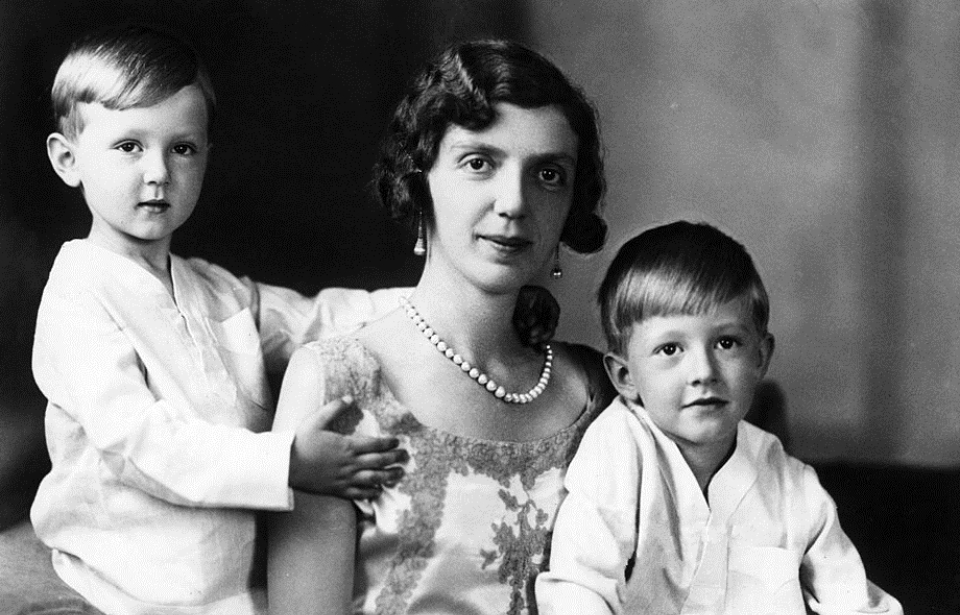Born into the illustrious House of Savoy, Princess Mafalda of Savoy was a figure whose life story reads like a tapestry woven with threads of royalty, tragedy, and historical significance. As the daughter of King Victor Emmanuel III of Italy, her royal lineage predestined her for a life under the public’s watchful eye. Yet, beyond the glittering tiaras and opulent palaces, her journey was marked by personal challenges and a profound legacy that extended far beyond the confines of her royal duties. Her marriage to Prince Philipp of Hesse was not just a union of two noble hearts but also a bridge between Italy and Germany during a tumultuous period in European history.
The early years of Princess Mafalda of Savoy
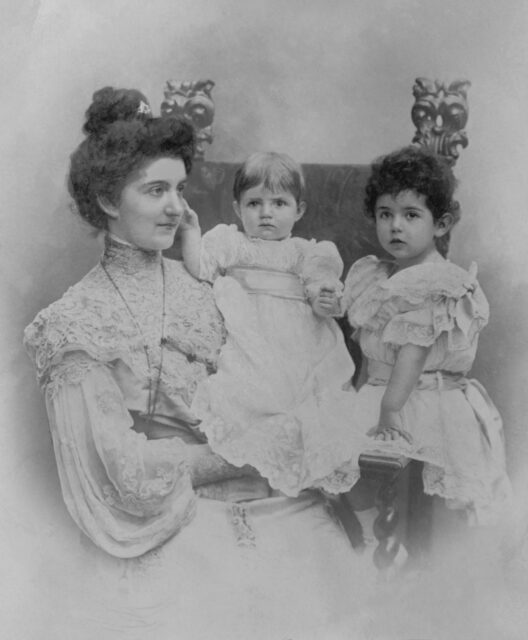
Being from the House of Savoy, Princess Mafalda of Savoy was a figure whose early years were marked by the grandeur and responsibilities that came with her royal lineage. From a young age, she was enveloped in an environment that was a blend of Italian tradition and the expectations that accompany those of noble birth. Her upbringing was one that balanced the delicate intricacies of royal duties with the warmth of a family deeply rooted in the history of Italy. This unique upbringing not only prepared her for the roles she would later take on but also instilled in her a profound sense of duty toward her country and its people.
The early life of Princess Mafalda of Savoy was characterized by an education that was both rigorous and comprehensive, ensuring she was well-prepared for the complexities of royal life. She was taught by the finest tutors, who nurtured her intellect and polished her skills in languages, arts, and diplomacy. This period of her life was crucial in shaping her into a person who was not only aware of her royal heritage but also deeply committed to contributing positively to society. Her early years were a testament to the blend of tradition and progress that marked the era she was born into, setting the stage for her later endeavors and the legacy she would leave behind.
Princess Mafalda’s marriage to Prince Philipp of Hesse
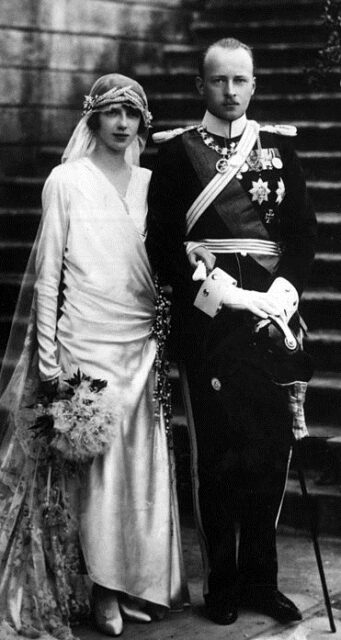
In the tapestry of European royalty, the marriage of Princess Mafalda of Savoy to Prince Philipp of Hesse in 1925 was a thread that wove together Italy and Germany in a bond of diplomacy and alliance. This union was not just a matter of the heart but also a strategic move, emblematic of the times when royal marriages were pivotal in strengthening international relations. Princess Mafalda, the second daughter of King Victor Emmanuel III of Italy, brought with her the prestige and influence of the Italian royal family, while Prince Philipp, a member of the German nobility, was closely connected to the ruling circles of his country. Their wedding was a grand affair, celebrated with pomp and circumstance, reflecting the significance of their union in the broader political landscape of Europe.
The marriage, however, was more than its diplomatic implications. It was a partnership that navigated the turbulent waters of European politics through the 1920s and 1930s. As the continent edged closer to conflict, the couple’s roles became increasingly complex. Princess Mafalda and Prince Philipp found themselves at the intersection of powerful political currents, their lives shaped by the dramatic events that unfolded in Europe. Their story is a poignant reminder of the personal dimensions behind historical events, showcasing how individuals caught in the whirlwind of global politics strive to maintain their integrity and personal relationships amidst the pressures of national and international duties.
Historical conflicts and Princess Mafalda’s role during turbulent times
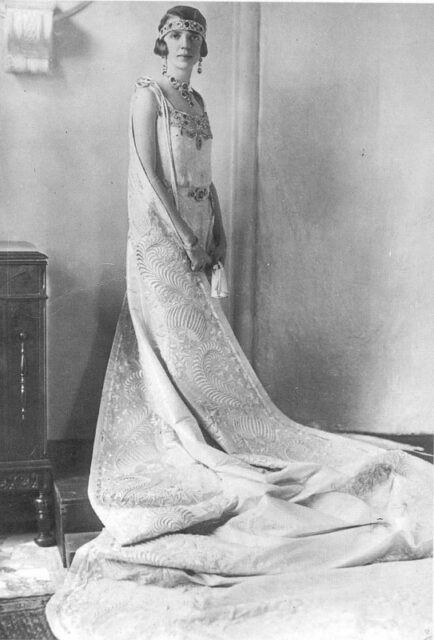
In the shadow of conflict, Princess Mafalda of Savoy found herself in a precarious position that highlighted her resilience and strength amidst adversity. Born into Italian royalty, her life took an unexpected turn during World War II, a period marked by upheaval and strife. Despite her noble status, she was not immune to the war’s ravages, facing challenges that tested her character and resolve. Her involvement in charitable activities aimed at alleviating the suffering of those impacted by the war showcased her compassion and commitment to humanitarian causes. Her efforts, though often overshadowed by the broader historical narrative, provide a glimpse into the personal battles fought by individuals during times of national crisis.
Princess Mafalda’s story is a poignant reminder of the complexities of war and the intricate web of personal and political dynamics at play. Her experiences during this turbulent period shed light on the often-overlooked role of royal figures in wartime, navigating the delicate balance between duty to their country and personal convictions. Her legacy, though marred by the tragedy that befell her, continues to inspire those who learn of her courage and dedication to making a difference in a world torn apart by conflict. Through her life, we gain insight into the unsung heroes of history whose contributions, though not always recognized, have left an indelible mark on the fabric of society.
The arrest and imprisonment of Princess Mafalda
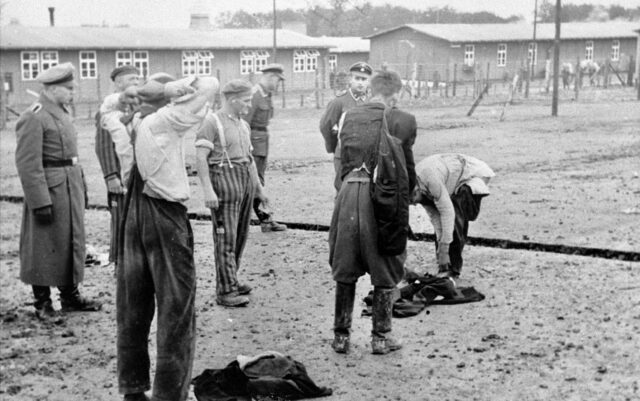
In the midst of World War II, the life of Princess Mafalda of Savoy took a dramatic and harrowing turn. Born into Italian royalty, her existence was one of privilege and duty, but it was also intricately linked with the political machinations of the time. Her marriage to Prince Philipp of Hesse, a German aristocrat, seemed to symbolize a union of peace between Italy and Germany. However, as the war intensified, these ties placed her in a precarious position. The princess found herself caught in the crossfire of political intrigue when her husband was implicated in a plot against the Führer. This association led to her arrest by the Gestapo in 1943 when she was tricked into visiting a German Embassy, marking the beginning of a tragic chapter in her life.
The imprisonment of Princess Mafalda of Savoy was a stark departure from her life of royal engagements and philanthropy. She was initially detained in Rome before being transferred to the Buchenwald concentration camp, a place synonymous with the horrors of the Holocaust. There, she endured conditions that were unimaginably harsh, a far cry from the palaces of her youth. Despite the adversity, she remained a symbol of resilience and dignity. Her captivity ended tragically in 1944 when she succumbed to injuries sustained from an air raid. The story of her arrest and imprisonment is a poignant reminder of the indiscriminate cruelty of war and the personal losses suffered by individuals caught in its tumult.
More from us: Chiune Sugihara: The Japanese ‘Schindler’ Who Saved Thousands from Concentration Camps
The legacy of Princess Mafalda of Savoy transcends the confines of her royal lineage, echoing through the annals of history as a testament to resilience and grace under pressure. Her life, marked by both privilege and profound challenges, serves as a compelling narrative that continues to captivate historians and the public alike. It’s not just her aristocratic background that makes her story fascinating but her personal courage and the complexities of her experiences during a tumultuous period in European history. Her enduring influence is evident in the way she navigated her roles with dignity, becoming a symbol of strength and compassion.
